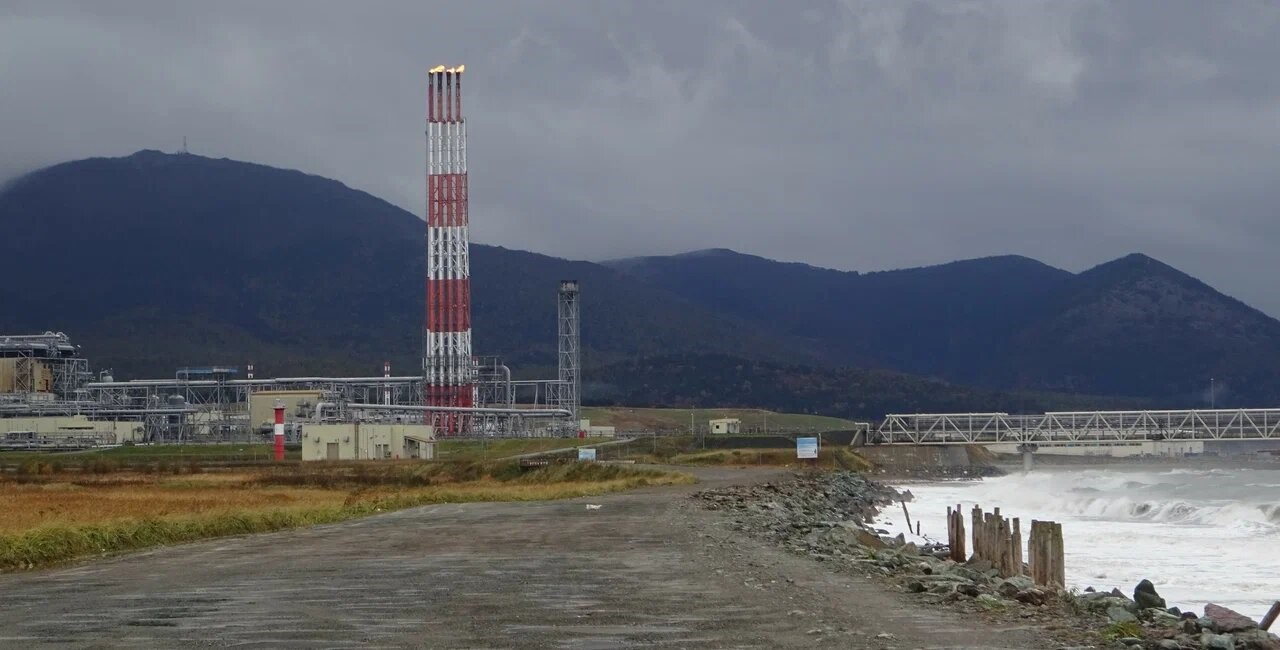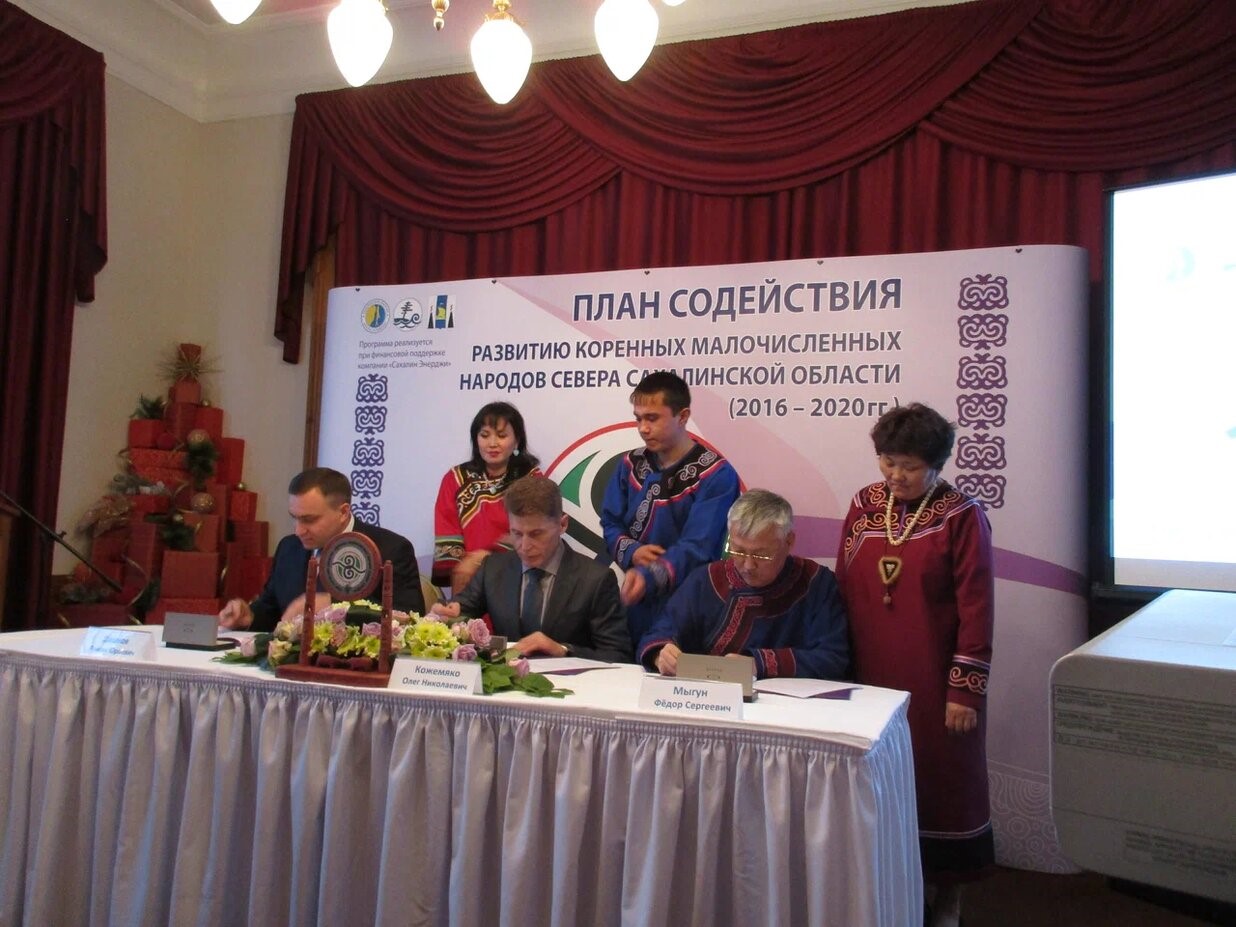|
|
Institute of Ethnology and Anthropology, Russian Academy of Sciences
Novikova Natalia Ivanovna
|
The Nivkh. The Surrounding Society and the Main Economic Activity of the Region
In the places of their current dwelling, the Nivkh often make up but a small percentage. Both the Khabarovsk Territory and the Sakhalin region have been home to different peoples for a long time. The Khabarovsk Territory has a high level of industrial development and urbanization, while the Nivkh live mostly in rural areas.
In the Sakhalin region, the Nivkh live on all the territory, and a significant percentage of them reside in cities. The main industries here are fishing and the extraction of minerals. Since the 1920s, the region is one of the main oil-producing areas of the country.

Long-time oil industry employees make up a significant part of the Sakhalin population. In recent years, special training for such workers has been underway.
The oil companies have a significant impact on the lives of both the indigenous and the local people and finance various programs for minorities. They support ethnic sports competitions, holidays, festivals, exhibitions, and publishing. Their interaction was not smooth at the beginning. Over time, institutions came up with standards and rules that made it possible to develop the best practices in the country. These include the “Plan for Assistance to the Development of Indigenous Minorities of the North of Sakhalin”. This is a tripartite program that has been jointly implemented by “Sakhalinskaya Energiya,” the Government of the region, and the Council of Authorized Representatives of Indigenous Minorities since 2006 (four development plans have already been signed).


As a result, there have been over 650 projects aimed to support of traditional economic activities and social development, proposed and approved by the representatives of minorities.
In a side-by-side analysis of the policies of industrial companies toward indigenous peoples in the Russian Federation, the Development Plan compares favorably considering its focus on the development. Projects have been implemented for the purchase of equipment and the provision of necessary facilities for camps and fishing grounds. The Plan, as a policy of interaction between minorities and the industrial sector, applies to all indigenous peoples of the island, regardless of their place of residence. As a result, the government managed to mitigate the contradictions and create prerequisites for further improving the level and quality of life of the local population. The ethnic groups acquire financial support for their projects, and also gain management experience and other necessary skills.
The indigenous groups face great competition in their traditional trade, that is, fishing. Over time, the technical equipment of industrial fishing grew and moved further out to sea, where the knowledge of indigenous peoples could no longer compete. Gradually, the minorities, with rare exceptions, were forced out of collective farms. In recent years, the pressure from the industrial fishing enterprises and the actively developing fish hatcheries has intensified.

In general, the interactions of the Nivkh with the surrounding population in modern conditions are tolerant; the main issue here is the lack of aquatic biological resources, which are the main means of subsistence of the indigenous population.


























































